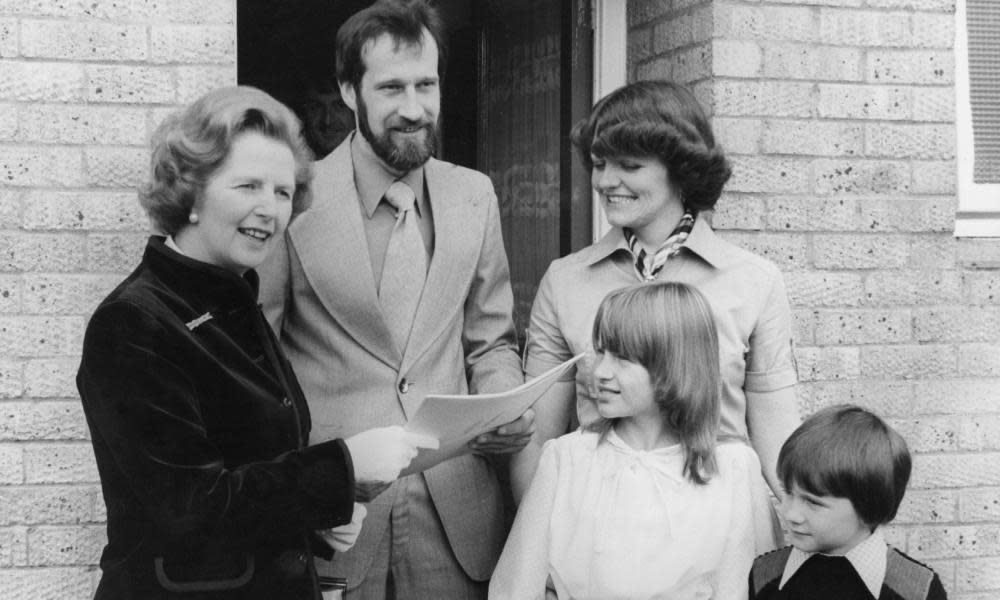The sad demise of social housing since Thatcher

The nature of the plan to deport foreign rough sleepers (Foreign rough sleepers face deportation from UK post-Brexit, 21 October) should come as no surprise given the home secretary’s history, but the observation that the problem is a symptom of a homegrown housing emergency and the failure of successive governments to build social housing is equally shocking. Sonia Sodha (Want to fix the housing crisis? Give young people the right to a low-cost home, 21 October) writes of the breakdown of the state’s involvement in building houses – in reality, social housing.
For 38 years as an architect, I designed and built housing for rent for local authorities, new towns and housing associations until I was told to stop. In the late 80s I received a call from the Department of the Environment informing me that the authority for which I then worked was to build no more family houses for rent, with a veiled warning that if the authority did, it would be financially punished. The last scheme for rent I designed and built was in 1991 for elderly and disabled council tenants.
Margaret Thatcher’s “right to buy” removed thousands of council houses from the rented sector, and her policy denying local authorities the right to use money from the sales to build new council houses began the present social housing shortage. While Labour could have restarted a social housing programme, the blame must rest firmly with Conservative governments.
There is an even more severe present-day consequence. The absence of adequate social housing means that those on low incomes often live in overcrowded conditions in poor-quality rented housing, which adds to their risk of contracting Covid-19.
John Portlock
Rutland, Leicestershire
• Sonia Sodha’s article missed an important point. After decades of underinvestment, the majority of existing housing stock in the UK is dated and inefficient. By building new social housing to the highest standards of energy efficiency with reduced environmental impact, this new housing stock would be more attractive to the younger generation. The stigma of social housing could be reversed, as a more environmentally conscious generation is attracted to the new efficient housing, benefiting from much lower heating costs.
Chris Hill
Sheffield

 Yahoo News
Yahoo News 
